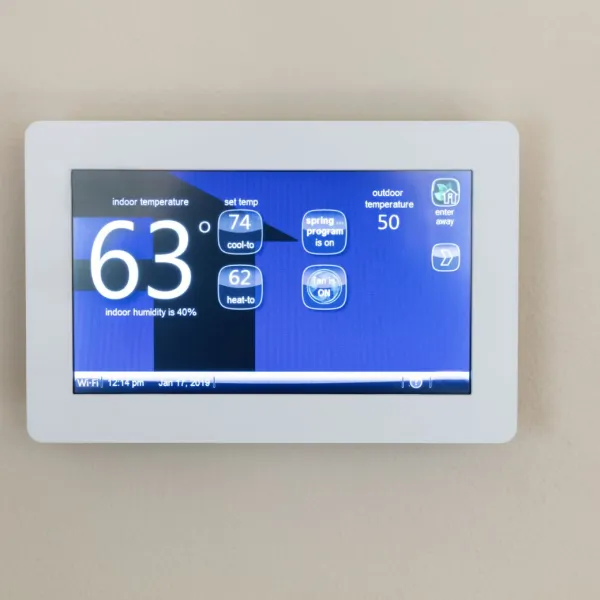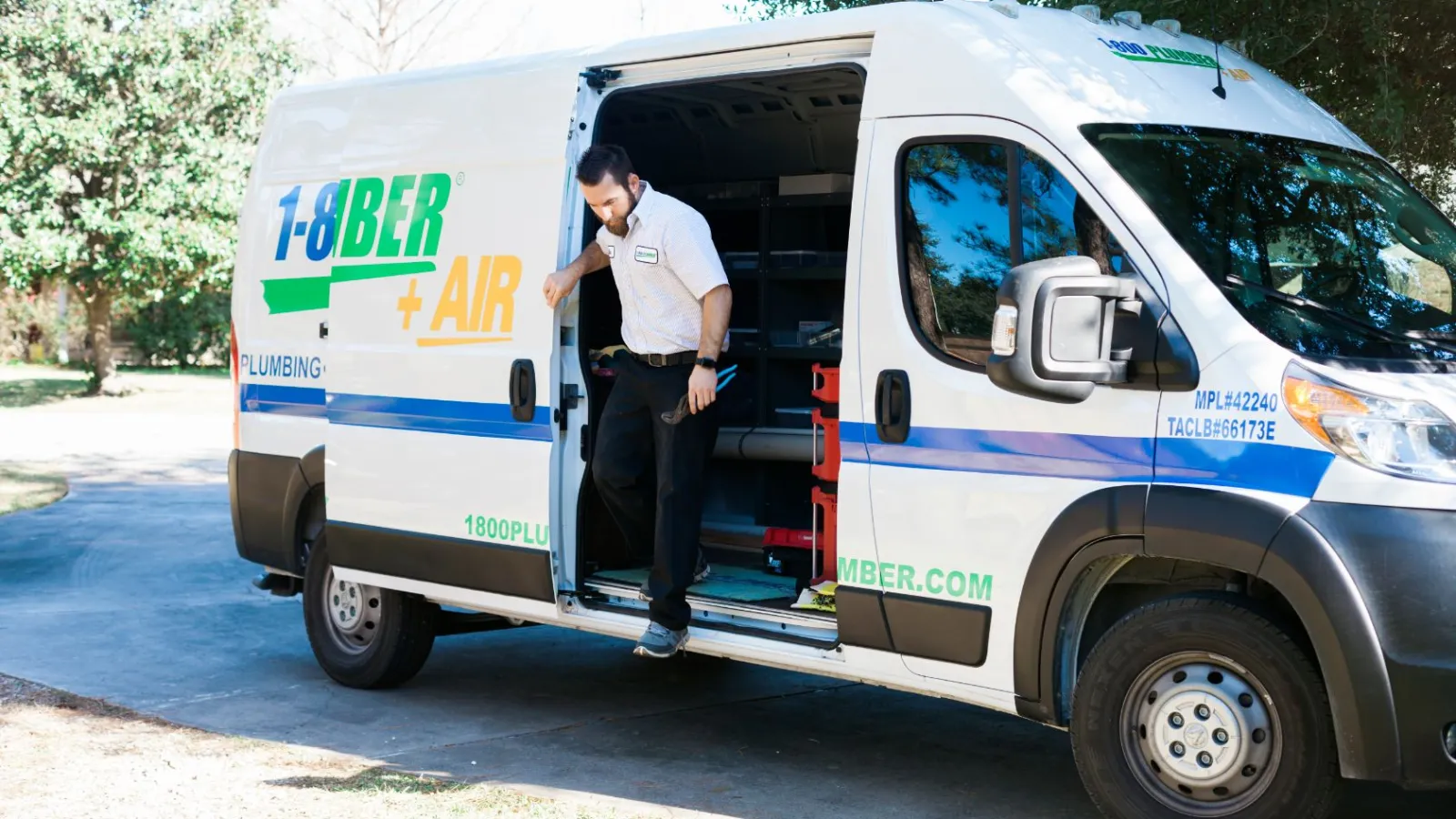Heating units break down into 3 "buckets", which include central heat, ductless heat, and also direct heat. Central heats refer to taking heat from one point and delivering it to multiple locations around your home.
Different examples of central heating systems include furnaces, boilers, and heating pumps. Furnaces use a set power source like oil or electricity to heat air and disperse it around the house.
This heat travels through a collection of ducts that run throughout your house. While furnaces are affordable as well as reliable, they will need routine upkeep to ensure the ducts are not leaking air, hence increasing your home heating costs.
Boilers are another kind of central heat system, but they heat water to distribute to your house through radiators, which distribute the heat they get to your house from the constant flow of hot water going through their pipes. The final type of central heat system is the heat pump. Heat pumps will either grab the heat from the air outside and bring it into your house (with vice-versa if it's hot outside) or absorb heat from the ground and funnel it to you.
Different Types of Heating Systems - Part 2
Ductless heating systems are systems that provide heat or cooling to a single room without the use of ductwork but comes with the caveat of needing an individual device set up in every room you want heated/cooled (plus an outdoor compressor). Standard window air conditioners or standing units fall into this category, as do mini-split heat pumps.
While ductless furnaces are more energy efficient as well as very easy to set up; they require proper placement and tend to carry an overall higher price.
Finally, we have direct heating systems. These bad boys generate a source of heat from the inside and tap right into it, pushing that heat out to warm a small area.
Examples of direct heating systems include electrical as well as vented/unvented gas-fired heaters. Unvented gas-fired heating systems are dangerous, we suggest you should steer clear.






